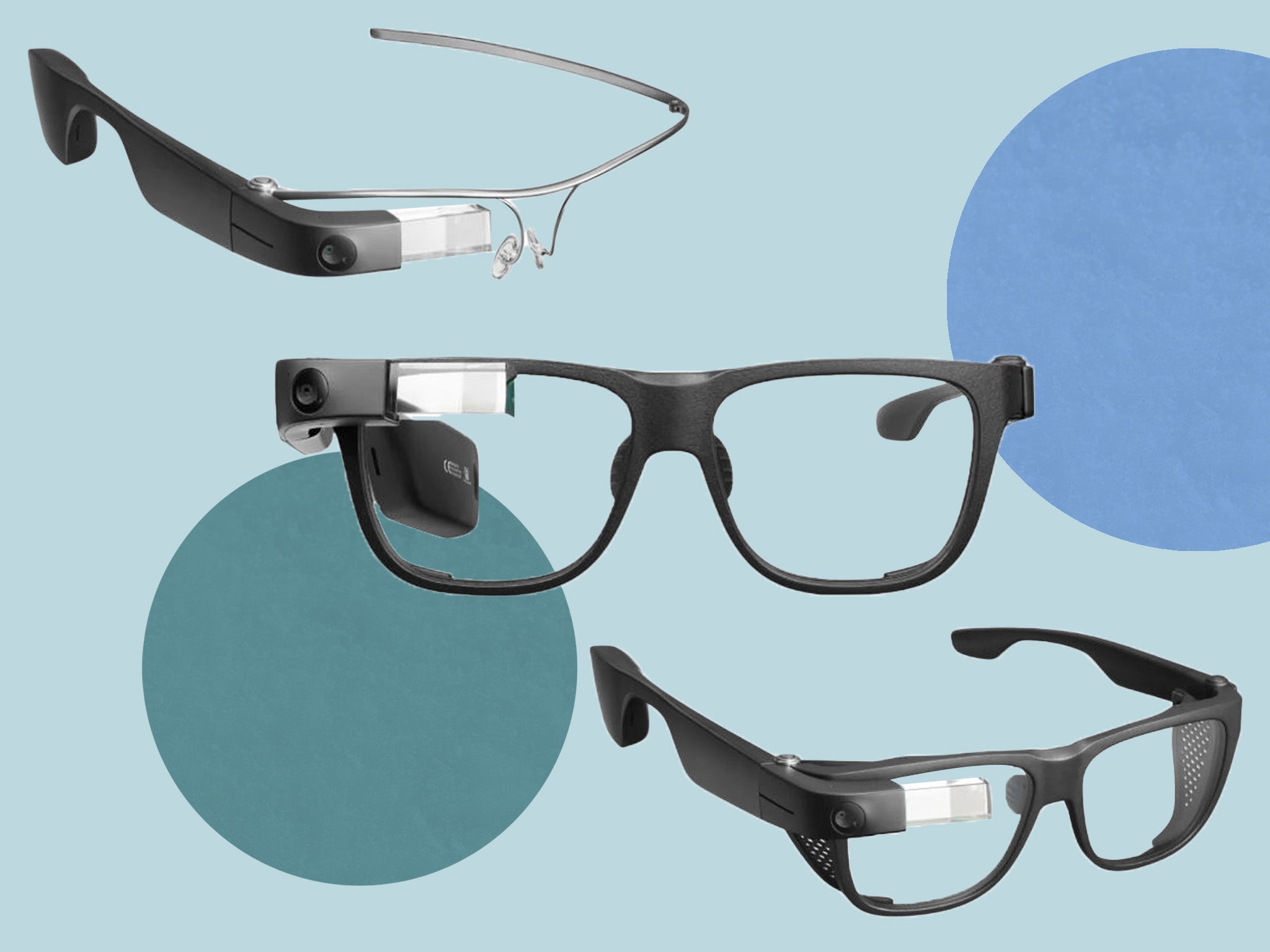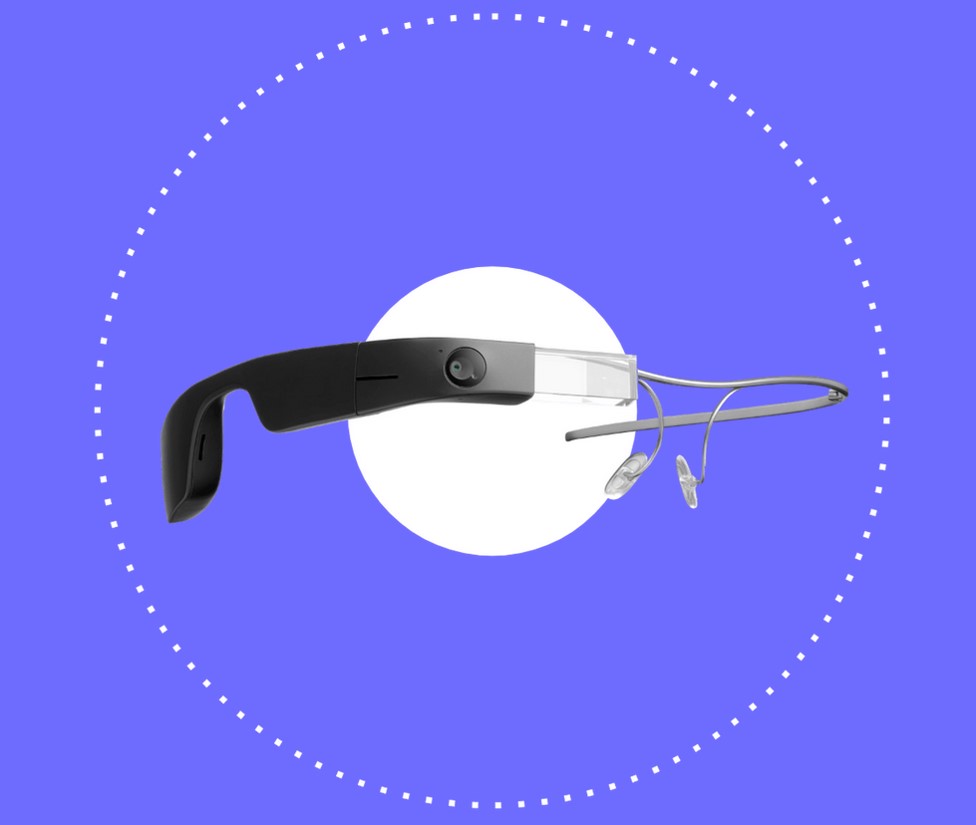Ingenious Solutions in Assistive Technology for Visual Disability
The landscape of assistive modern technology for visual disability is advancing rapidly, presenting a series of innovative options that improve access and independence. From sophisticated smartphone applications that assist in navigation to wearable devices designed for real-time guidance, these tools are improving the experiences of those with aesthetic disabilities. Additionally, the integration of clever home technologies and educational resources has the prospective to promote higher neighborhood involvement. Nonetheless, the effects of these innovations elevate important concerns concerning their availability and efficiency in varied contexts, warranting a more detailed exam of their more comprehensive influence.
Advancements in Smartphone Applications
Recently, improvements in smart device applications have actually substantially transformed the landscape of assistive innovation for individuals with visual disabilities. These applications take advantage of the powerful sensing units and capabilities of contemporary smart devices to supply users with devices that enhance freedom and ease of access in their lives.
Noteworthy amongst these advancements are applications developed for things acknowledgment, which utilize the mobile phone's cam to determine items and provide verbal summaries. Such attributes empower customers to browse their environments more efficiently, whether determining products in shops or finding personal items at home. Furthermore, text-to-speech applications have actually boosted considerably, making it possible for individuals to catch published message via their tool's electronic camera and receive immediate audio comments, thereby facilitating analysis and comprehension.
Community-driven applications have promoted social communication and resource sharing among people with aesthetic problems, creating a helpful network that improves their high quality of life. On the whole, smart device applications have ended up being vital allies in advertising freedom and ease of access for individuals with aesthetic problems.
Wearable Tools for Navigation
Wearable tools for navigation have arised as a groundbreaking service for people with aesthetic impairments, offering hands-free assistance that improves wheelchair and alignment. These gadgets typically make use of innovative innovations, consisting of GPS, ultrasonic sensors, and expert system, to give real-time comments and direction to users as they browse their environment.
One notable example of wearable navigating innovation is clever glasses, which can spot challenges and relay auditory or haptic feedback to the user, enabling reliable and risk-free movement in various settings. Other tools, such as belts and vests equipped with sensing units, can in a similar way notify customers of their surroundings by offering informs regarding close-by objects or adjustments in surface.
Additionally, several wearable tools integrate with mobile phone applications, enabling individuals to personalize their navigation preferences and get customized course ideas. This customization can dramatically boost the individual experience, encouraging people to travel with higher confidence and self-reliance.
As modern technology remains to establish, the potential for wearable navigating tools to boost the lifestyle for individuals with visual impairments remains substantial, leading the way for even more inclusive and easily accessible settings.
Smart Home Innovation Combination

Additionally, wise devices outfitted with tactile interfaces or auditory responses give intuitive communications that provide particularly to the requirements of those with aesthetic disabilities. Smart fridges can introduce their components and expiration dates, while clever ovens can direct individuals through the food preparation procedure with audio directions.
Home automation systems, such as clever doorbells and protection video cameras, offer tranquility of mind by permitting customers to receive notifies and accessibility live feeds by means of their smart phones, improving personal safety and security (AI-powered visual aids). Additionally, assimilation with mobile phones and tablet computers makes certain that individuals can handle their home atmosphere from anywhere within their premises
As wise home technology proceeds to evolve, it holds the prospective to transform the living experiences of people with aesthetic problems, fostering independence and boosting lifestyle in a progressively connected globe.

Educational Devices and Resources
Access to effective instructional tools and resources is important for people with aesthetic problems, as it empowers them to engage completely in their understanding experiences. Various assistive innovations have actually been established to boost availability and foster independent learning. Screen readers, as an example, transform message right into speech, permitting trainees to gain access to digital content perfectly. AI-powered visual aids. In addition, refreshable braille display screens give responsive comments, making it much easier for students to engage with written material.
Additionally, academic software particularly developed for aesthetically impaired individuals uses attributes such as high-contrast modes and adjustable message sizes. These tools fit varied learning styles and guarantee that pupils can customize their educational experience to their requirements.
Furthermore, accessibility to audio books and virtual libraries broadens the series of available learning materials, allowing pupils to discover subjects comprehensive without the restrictions enforced by conventional print resources. Collective systems that incorporate ease of access features additionally about his help with team jobs, making certain that aesthetically impaired trainees can add meaningfully alongside their peers.
Area Support and Engagement
A durable network of area support and involvement is vital for individuals with visual problems, promoting an inclusive environment where they can flourish. Neighborhood organizations, neighborhood campaigning for groups, and volunteers play a critical duty in giving sources, details, and companionship, which are important for enhancing the lifestyle for those influenced by aesthetic problems.
Involvement activities such as workshops, gatherings, and support system not only help with ability advancement but also advertise social communication, decreasing feelings of isolation. These efforts encourage people to share obstacles, successes, and experiences, thus reinforcing neighborhood bonds. In addition, partnerships with local businesses can bring about higher availability in public spaces, better incorporating people with visual problems right into the area.
Innovation additionally enhances community involvement with on the internet systems that supply digital support groups and resources, enabling individuals to attach despite geographical barriers. By taking advantage of both in-person and digital options, neighborhoods can produce great site a detailed assistance network. Eventually, promoting cooperation amongst various stakeholders-- including households, instructors, and health care experts-- makes certain that people with visual disabilities receive the alternative assistance necessary to navigate every day life effectively and with self-respect.
Final Thought
Innovative services in assistive technology for aesthetic disability significantly boost the quality of life for people facing these obstacles. The integration of smartphone applications, wearable devices, smart home technology, and academic tools promotes better self-reliance and availability.
The landscape of assistive technology for aesthetic disability is developing quickly, providing a variety of ingenious solutions that boost availability and independence. Community-driven applications have promoted social interaction and source sharing among people with aesthetic disabilities, producing a helpful network that boosts their top quality of life. In general, smartphone applications have ended up being vital allies in advertising freedom and ease of access for individuals with aesthetic problems.
Several individuals with aesthetic impairments are locating greater autonomy through the assimilation of wise home innovation.Innovative remedies in assistive innovation for aesthetic disability considerably enhance the top quality of life for people encountering these difficulties.